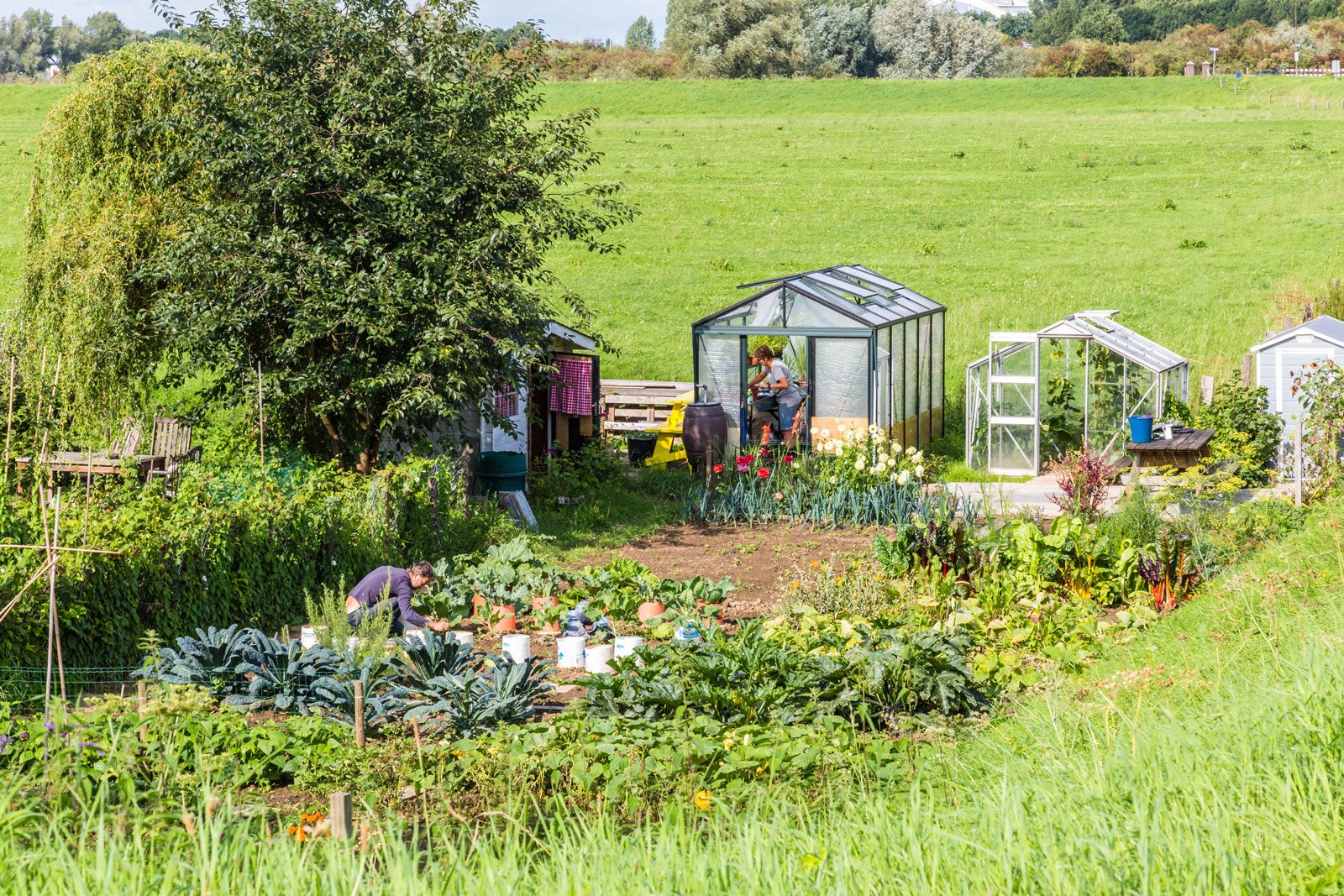What Is Regenerative Agriculture – Learn About Regenerative Agriculture
Regenerative agriculture is a concept that can easily be adapted to the home garden. Learn methods to enrich and preserve the soil and contribute to a healthier planet.


Regenerative Agriculture Info: How Does Regenerative Agriculture Work
Agriculture provides food for the world, but at the same time, many current farming practices contribute to global climate change by degrading the soil and releasing large amounts of CO2 into the atmosphere.
What is regenerative agriculture? Sometimes referred to as climate-smart agriculture, the practice of regenerative agriculture recognizes that current farming practices aren’t sustainable over the long term.
Research suggests that certain regenerative agriculture practices can actually be restorative, and can return CO2 to the soil. Let’s learn about regenerative agriculture and how it contributes to a healthier food supply and decreased release of CO2.
Regenerative Agriculture Information
The principles of regenerative agriculture apply not only to large food producers but also to home gardens. In simple terms, healthier growing practices improve natural resources rather than depleting them. As a result, the soil retains more water, releasing less into the watershed. Any runoff is safer and cleaner.
Proponents of regenerative agriculture claim that it’s possible to grow fresh, healthy foods sustainably, in a renewed soil ecosystem, with decreased reliance on fertilizer, pesticides, and herbicides, which create imbalances in soil microbes. As conditions improve, bees and other pollinators return to the fields, while birds and beneficial insects help keep pests in check.
Regenerative agriculture is good for local communities. Healthier farming practices place greater emphasis on local and regional farms, with decreased reliance on large-scale industrial agriculture. Because it is a hands-on approach, more regenerative agriculture jobs will be created as practices are developed.
How Does Regenerative Agriculture Work?
- Tillage: Standard means of cultivation contribute to soil erosion and release large amounts of CO2. While tillage is unhealthy for soil microorganisms, low- or no-till farming practices minimize disturbance of the soil, thus increasing levels of healthy organic matter.
- Crop rotation and plant diversity: Planting a variety of crops supports different microbes by returning a wider variety of nutrients to the soil. As a result, the soil is healthier and more sustainable. Planting the same crop in the same location is an unhealthy use of the soil.
- Use of cover crops and compost: When exposed to the elements, bare topsoil erodes and nutrients wash away or dry up. Cover crops and the use of compost and other organic materials prevent erosion, conserve moisture, and infuse the soil with organic matter.
- Improved grazing practices: Regenerative agriculture involves a move away from unhealthy practices such as large feedlots, which contribute to water pollution, the emission of methane and CO2, and greater use of antibiotics and other chemicals.
Sign up for the Gardening Know How newsletter today and receive a free copy of our e-book "How to Grow Delicious Tomatoes".

A Credentialed Garden Writer, Mary H. Dyer was with Gardening Know How in the very beginning, publishing articles as early as 2007.